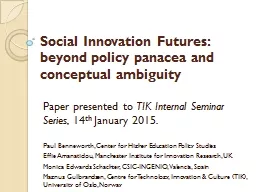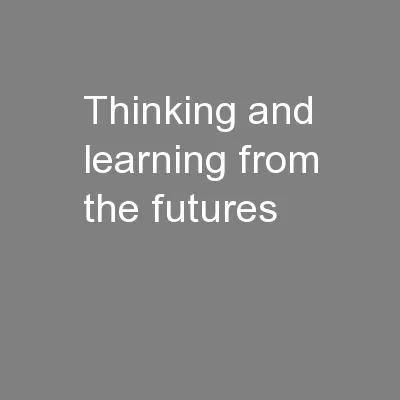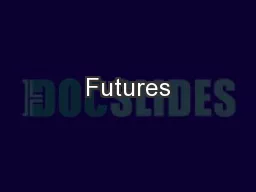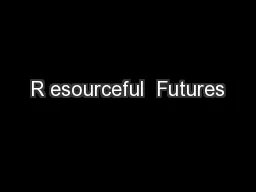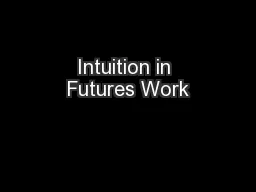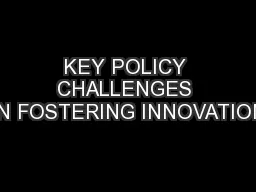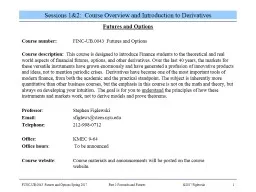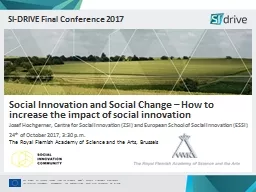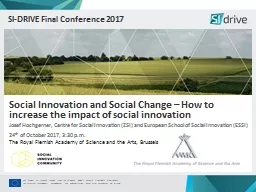PPT-Social Innovation Futures: beyond policy panacea and concep
Author : alida-meadow | Published Date : 2016-02-28
Paper presented to TIK Internal Seminar Series 14 th January 2015 Paul Benneworth Center for Higher Education Policy Studies Effie Amanatidou Manchester Institute
Presentation Embed Code
Download Presentation
Download Presentation The PPT/PDF document "Social Innovation Futures: beyond policy..." is the property of its rightful owner. Permission is granted to download and print the materials on this website for personal, non-commercial use only, and to display it on your personal computer provided you do not modify the materials and that you retain all copyright notices contained in the materials. By downloading content from our website, you accept the terms of this agreement.
Social Innovation Futures: beyond policy panacea and concep: Transcript
Download Rules Of Document
"Social Innovation Futures: beyond policy panacea and concep"The content belongs to its owner. You may download and print it for personal use, without modification, and keep all copyright notices. By downloading, you agree to these terms.
Related Documents

